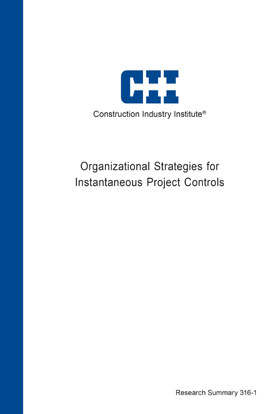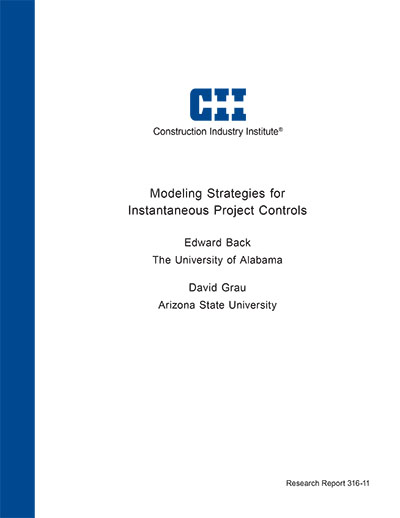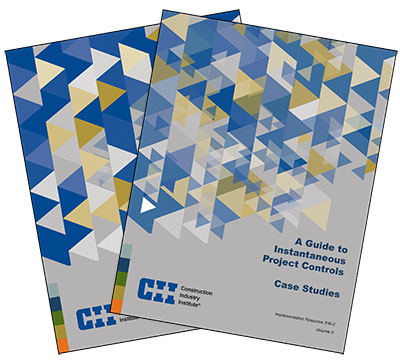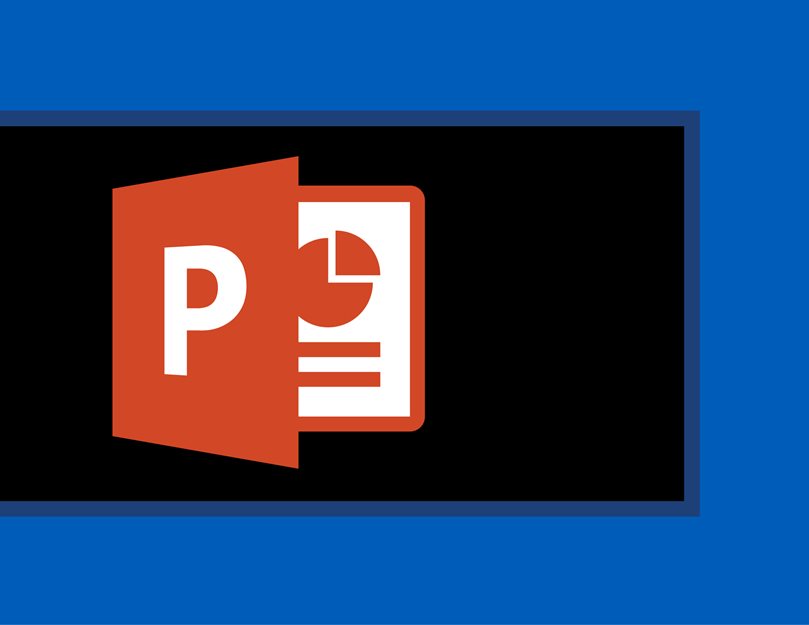
Organizational Strategies for Instantaneous Project Controls
Project controls information should be accurate, continuously generated, and effectively communicated during all phases to support good decision-making on individual projects, within portfolios, and across organizations. In highly competitive environments that require up-to-date information, data security concerns, ever-increasing reporting requirements, and narrow profit margins, stakeholders demand accurate and timely project data to support informed and proactive decisions. Project decision-makers should not have to wait until the next reporting period simply because the information they seek is blocked by information integration barriers, contractual hindrances, or ineffective data collection.
To prevent the data “lag time” that can lead to bad decision-making, proactive organizations prioritize information to determine how often is should be generated. CII established Research Team (RT) 316, Instantaneous Project Controls, to identify, synthesize, and prioritize the key strategies and critical success factors enabling instantaneous project controls and critical project metric reporting in the construction industry. The team’s objectives were to investigate the state of instantaneous controls in the construction industry, establish their value, and offer guidance on implementing or improving an organization’s capability for on-demand information. Industry organizations that currently implement instantaneous reporting on critical control functions do so mainly to improve project status awareness, enhance decision-making, and strengthen competitiveness. The most common target of these efforts is any highly variable control function that, if its variability is not addressed, can significantly affect project performance. For instance, if a cost deviation trend is too long ignored or not properly reported, management will not have time to plan and implement mitigation actions. Indeed, risk, uncertainty, and variability are at a peak during construction and commissioning and startup; hence, key control functions related to cost, schedule, and field operations during those phases are commonly chosen for instantaneous reporting efforts.
Following are some of the most common benefits of instantaneous project controls:
- timely and better-informed decisions, with more time available for data analysis than data collection
- improved cost and schedule performance
- effective project risk mitigation; efficient capital portfolio management
- competitive market advantage.
By surveying industry organizations and conducting case studies, RT 316 identified nine forward-looking strategies to facilitate continuous data feeds and instant (or at least prioritized) reporting frequencies. The team organized these strategies into the following three broad categories: organizational behavior; project controls; and advanced information technologies. To help organizations implement the strategies, the team also developed a maturity matrix that was, in turn, the basis of three tools: 1) the Quick Assessment (QA) tool; 2) the Instantaneous Quotient (IQ) tool; and 3) the Workflow Implementation Process. If properly implemented, these tools will help organizations optimize project execution effectiveness, overcome process-inhibiting barriers, and maximize the likelihood of meeting or exceeding project success criteria.
RT-316 identified the main barriers that organizations must address to migrate to instantaneous or prioritized project controls. The top five barriers perceived by industry experts: (RS316-1, p. 14)
- Lack of information integration
- Lack of data communication and exchange interfaces
- Delayed data acquisition/input
- Varied project characteristics and needs
- Lack of automated data analytics
The research identifies two key principles driving what should be instantaneously controlled: information that has 1) large variability and 2) high impact. Five areas that should require instantaneous controls: (RS316-1, p. 7)
- Quality information
- Shutdown and renovation projects
- Craft labor productivity
- Project expenditures and procurement status
- Scope changes



